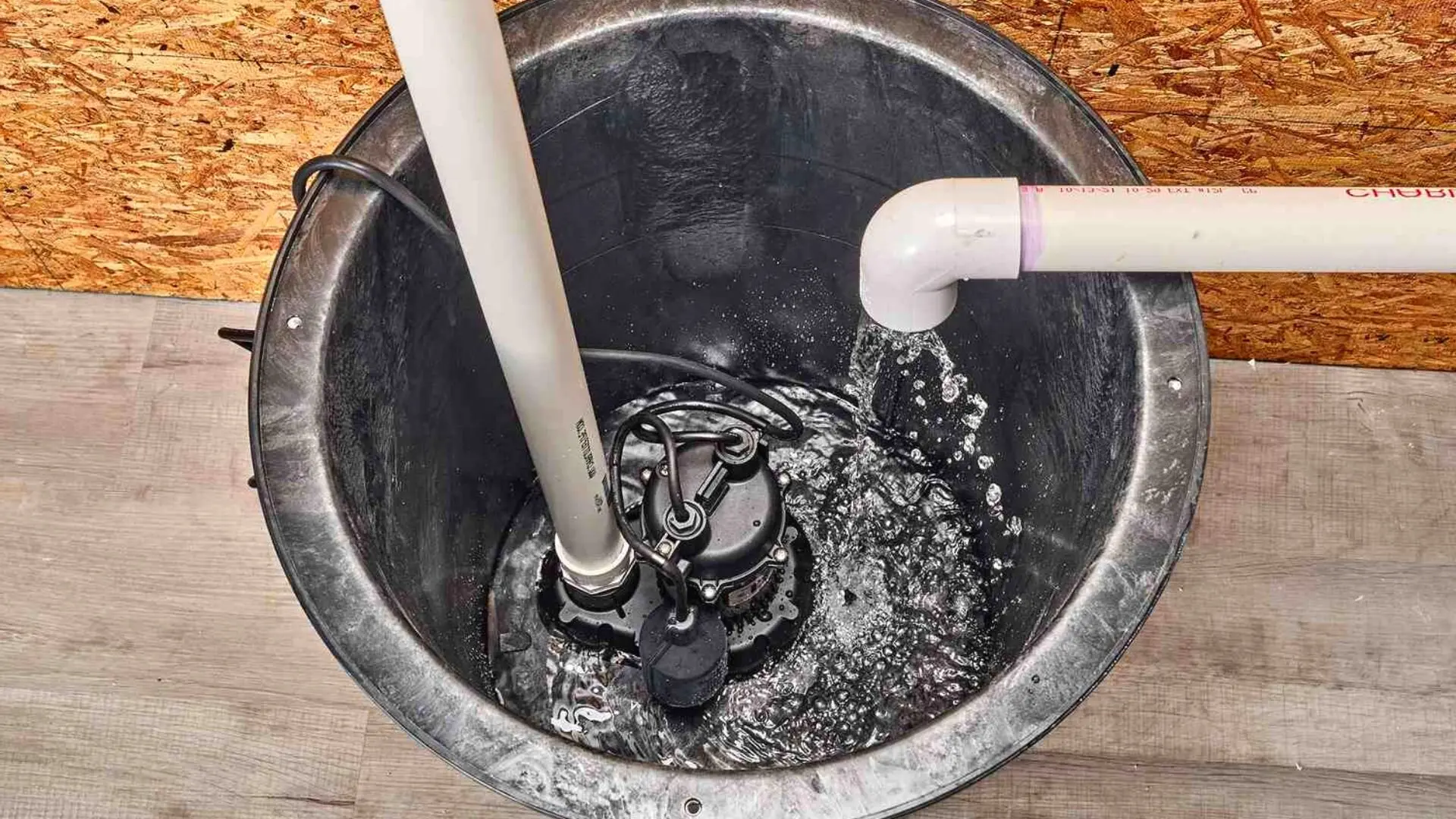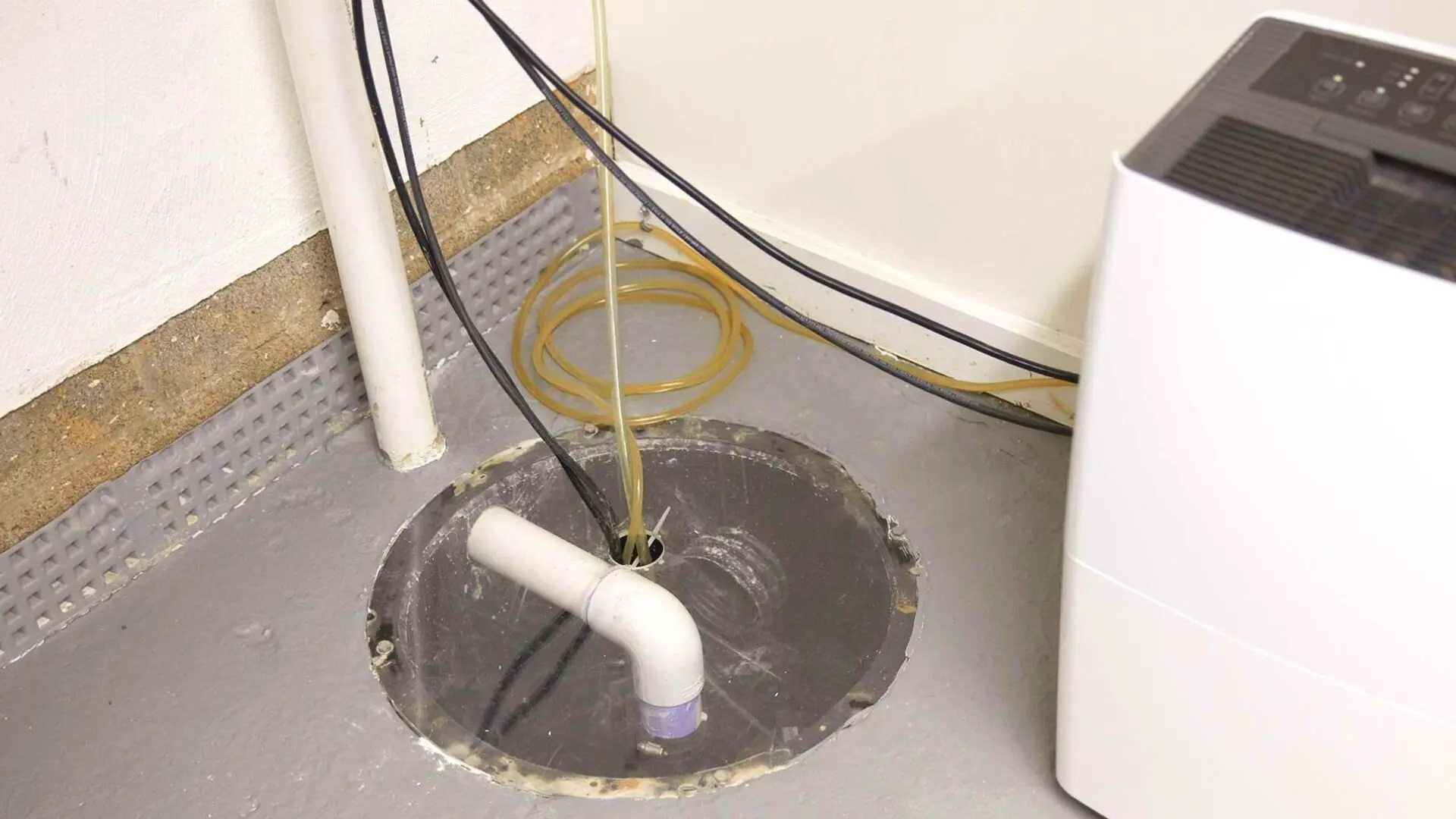Nearly everybody is bound to have their own unique conception involving How to Care for Your Sump Pump.

Sump pumps are crucial components in numerous homes, particularly in locations vulnerable to flooding or excessive wetness. They help protect against water damage by successfully eliminating excess water from cellars or crawl spaces. Nevertheless, like any other appliance, sump pumps call for normal maintenance to guarantee they work successfully when needed the most. Cleaning your sump pump is an important part of its maintenance, and recognizing how to do it effectively can conserve you from pricey repair services and potential calamities.
Introduction
Keeping a tidy sump pump is vital for its appropriate functioning and durability. Overlooking this crucial job can cause obstructions, malfunctions, and eventually, water damage to your home. As a result, finding out how to cleanse a sump pump is critical for home owners who depend on these gadgets to keep their cellars dry and protected.
Recognizing the Sump Pump
Prior to diving right into the cleansing process, it's important to have a fundamental understanding of exactly how a sump pump works. Normally set up in a pit or container below the cellar flooring, a sump pump includes numerous essential components, including a pump, a float button, and a discharge pipe. When water collects in the pit, the float switch triggers the pump, which then pumps the water out with the discharge pipe, away from the structure's foundation.
Indications of a Dirty Sump Pump
Knowing when your sump pump needs cleansing is essential for preventing prospective malfunctions. Some common indications that suggest a dirty sump pump include odd sounds throughout procedure, reduced water circulation, and visible particles in the pit. If you notice any one of these signs and symptoms, it's important to clean your sump pump promptly to stay clear of any further concerns.
Getting ready for Cleansing
Before you begin cleaning your sump pump, it's vital to take some safety preventative measures. Beginning by shutting down the power to the pump to avoid any kind of electrical accidents. In addition, wear suitable protective equipment, such as handwear covers and safety glasses, to protect on your own from dirt, particles, and prospective microorganisms.
Detailed Guide to Cleansing a Sump Pump
Shutting down the Power
Begin by disconnecting the power supply to the sump pump to prevent any mishaps while cleaning.
Getting Rid Of Debris and Dust
Utilize a pail or a scoop to get rid of any noticeable debris, dust, or sediment from the sump pit. Dispose of the particles properly to stop it from blocking the pump or the discharge pipe.
Cleaning up the Pump and Drift Switch
Once the pit is free from debris, meticulously eliminate the pump from the pit. Evaluate the pump and the float button for any indicators of damages or wear. Use a soft brush or towel to clean the surface areas and eliminate any kind of accumulated gunk.
Flushing the System
After cleansing the pump and float button, flush the sump pit with tidy water to get rid of any type of staying dust or sediment. This will assist ensure that the pump runs efficiently and effectively.
Checking for Appropriate Functioning
Before reinstalling the pump, perform a fast test to guarantee that the float button activates the pump correctly. Put some water right into the sump pit and observe the pump's procedure. If whatever is operating properly, you can reassemble the pump and reconnect the power supply.
Maintenance Tips to Keep Your Sump Pump Clean
Along with regular cleaning, there are a number of maintenance suggestions you can comply with to keep your sump pump in optimal condition:
Final thought
Cleansing your sump pump is an essential facet of its upkeep and makes sure that it runs efficiently when you need it the most. By adhering to the actions outlined in this overview and integrating normal upkeep right into your routine, you can prolong the life-span of your sump pump and protect your home from water damages.
6 STEPS ON HOW TO CLEAN A SUMP PUMP PROPERLY
UNDERSTANDING SUMP PUMPS
Your sump pump plays a crucial role in protecting your home by managing and removing excess water. It primarily functions as a “shield”, guarding your basement against the damaging effects of water accumulation. The pump is housed in a sump pit in the lowest part of your basement, and its job is to pump out any water that collects there.
During heavy rainfalls or when snow melts rapidly, water can infiltrate your basement, posing potential risks like flooding, structural damage, and harmful mold growth. Here, the sump pump springs into action, pumping out the intruding water and directing it away from your home.
SAFETY FIRST
Before cleaning, remember to prioritize safety. Disconnect the sump pump from the power source to prevent any accidental electric shocks. Also, wear sturdy gloves to protect your hands from any sharp or dirty components within the pump.
REMOVE THE SUMP PUMP
After ensuring your safety, the next step is to remove the sump pump from its pit. Doing this might require careful maneuvering as you don’t want to damage any pump components. Once removed, clean the sump pit to remove any accumulated debris or sludge.
INSPECT THE PUMP
Inspect the pump for any visible signs of wear or damage. Check the power cord, float switch, and impeller housing. If any components look worn out or damaged, consider replacing them to ensure optimal performance.
CLEAN THE PUMP
Thoroughly clean the pump with warm, soapy water. Make sure to rid it of any dirt, gravel, or other debris that might impede its performance. You can use a toothbrush to clean the small, hard-to-reach parts of the pump.
REINSTALL THE SUMP PUMP
Reinstall the pump into the sump pit Make sure it’s positioned correctly to remove the water effectively Once it’s back in place, reconnect it to the power source TEST THE PUMP
Finally, pour some water into the pit to ensure the pump works correctly. It should start automatically and begin pumping out the water; if it doesn’t, check the power source and the positioning of the pump.
Remember, while cleaning your sump pump is an essential part of home maintenance, hiring a professional plumber for a thorough inspection and cleaning at least once a year is also important. This will ensure that your pump is in optimal condition, ready to protect your home from potential water damage.
BEST PRACTICES FOR CLEANING SUMP PUMP DISCHARGE PIPES
Regular Inspection: Regularly inspect your discharge pipes, especially during heavy rainfall or snowmelt periods. Look for any signs of blockage or damage. Early detection of problems can prevent serious issues down the line. Periodic Cleaning: Over time, sediment and debris can accumulate in the discharge pipes, impeding the flow of water. Regular cleaning helps keep the pipes clear and functioning efficiently. You can use a high-pressure water jet to effectively clean the pipes. Insulation During Winter: In colder climates, discharge pipes can freeze, blocking the outflow of water. Protect your discharge pipes from freezing temperatures by insulating them with foam pipe insulation. This will ensure the sump pump can continue to discharge water even in freezing conditions. Proper Positioning: The discharge pipe should be positioned to direct water away from your home’s foundation. Improper positioning can lead to water seeping back into the basement. Ensure the pipe is long enough and angled correctly. Installation of a Check Valve: A check valve prevents water from flowing back into your sump pit after the pump has pushed it out. Installing a check valve helps maintain the efficiency of your sump pump and reduces the risk of flooding. Minimize Pipe Turns: Every curve or turn in the discharge pipe can decrease the efficiency of water flow. By minimizing turns and bends in your discharge pipe, you can increase the efficiency of your sump pump. https://www.fullspeedplumbing.com/how-to-clean-a-sump-pump-properly9999/

We are very taken with Steps to Cleaning Your Sump Pump Properly and I really hope you appreciated the page. Loved our blog entry? Please quickly share it. Help somebody else find it. I truly appreciate reading our article about Steps to Cleaning Your Sump Pump Properly.
Get A Quote